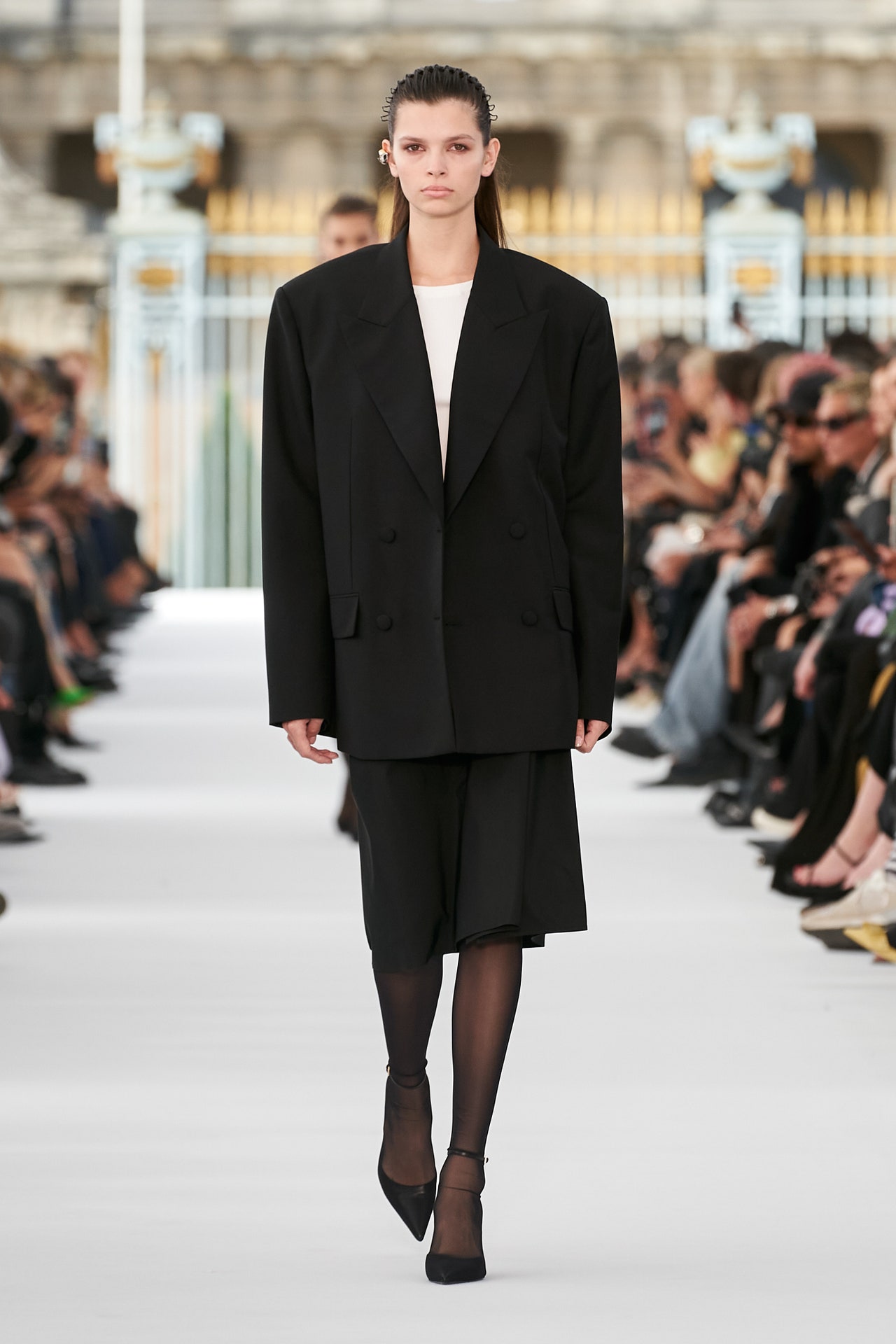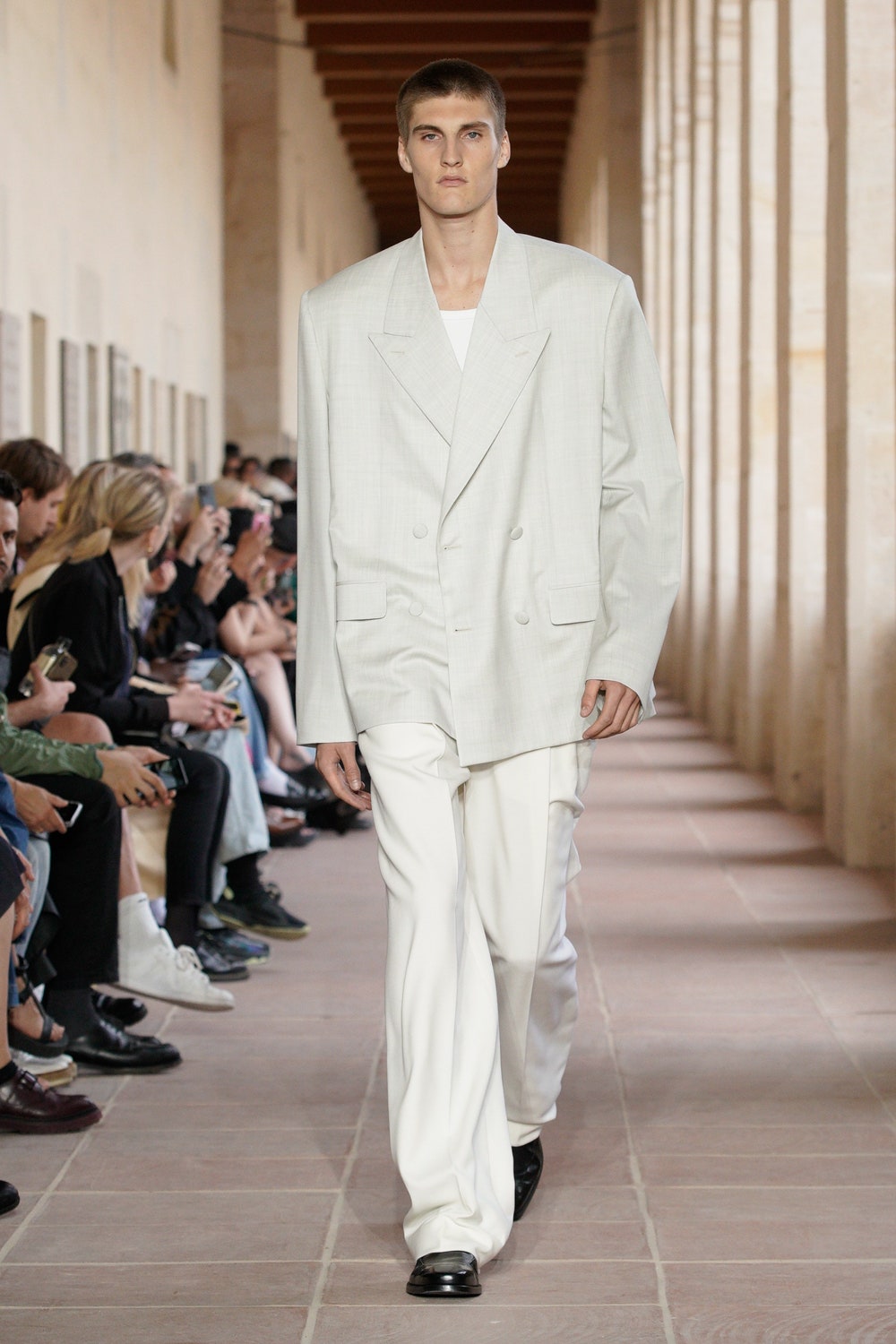Givenchy

For the first 43 years of its existence, the house of Givenchy was a monument to conservative good taste. Even so, right out of the box, innovation was also part of the equation. Hubert de Givenchy made a mark with his debut collection in 1952: It was based on separates, which a woman could mix and match rather than wear slavishly as demonstrated by a designer, and that was a novel concept for the time. That the couturier was the youngest on Paris’s scene (and a very handsome 6-foot-6) didn’t hurt his reviews either.
Givenchy was taken under the wing of the Spanish master Cristóbal Balenciaga, and afterward his work became less obviously youth oriented. He and his mentor were described by The New York Times as “undisputedly the world’s most prophetic designers.” During this era he introduced (simultaneously with Balenciaga) the revolutionary chemise, or sack dress, acclaimed as “a genuinely new fashion shape.” He is also credited with pioneering the princess silhouette, and when the cinematic sprite Audrey Hepburn first donned Givenchy’s Little Black Dress, his name became forever linked with the Sabrina neckline.
LVMH acquired the house of Givenchy in 1988, and the great man himself hung up his white lab coat (in which he was famous for working) by the end of 1995. After that, the company fell into a sort of dissolute decline. If Givenchy was “the master of non-assaultive style,” as one reporter put it, his first two successors, John Galliano and Alexander McQueen, relied more on shock and awe. “Parisian chic—with mayhem,” is how the latter described his approach in Women’s Wear Daily in 1998.
It began to chart a brighter course with the appointment of Riccardo Tisci, a young Italian with a gothic sensibility, as creative director in 2005. Tisci celebrated his 10th anniversary at the label on September 11, 2015, with a New York show for the industry and more than 800 members of the public. In 2017, Tisci departed the label and was succeeded by Clare Waight Keller, who had spent the prior six years at Chloé. At Givenchy, she established a knack for elegant suiting and red carpet dresses early on. She became a household on May 19, 2018, when 29 million people around the world watched Meghan Markle marry Prince Harry in a long-sleeved, bonded-satin wedding gown of Waight Keller's design.









